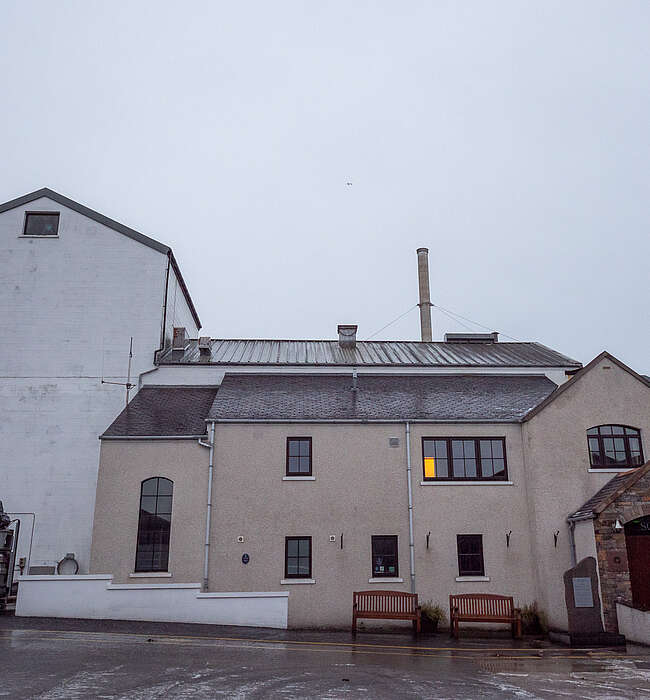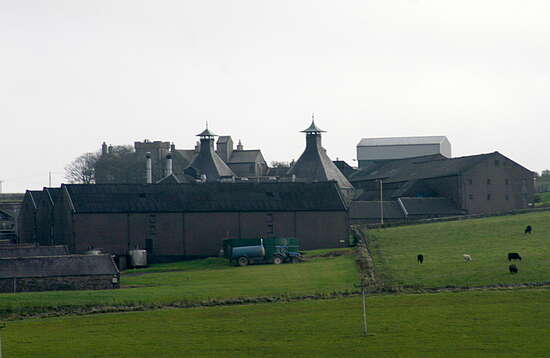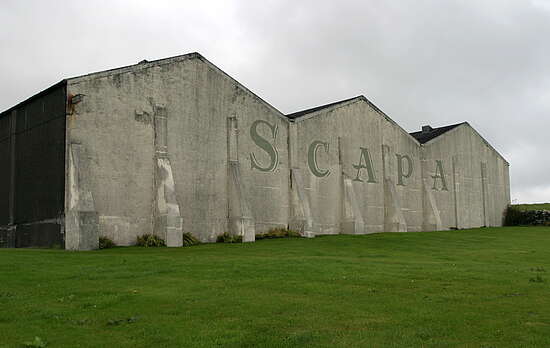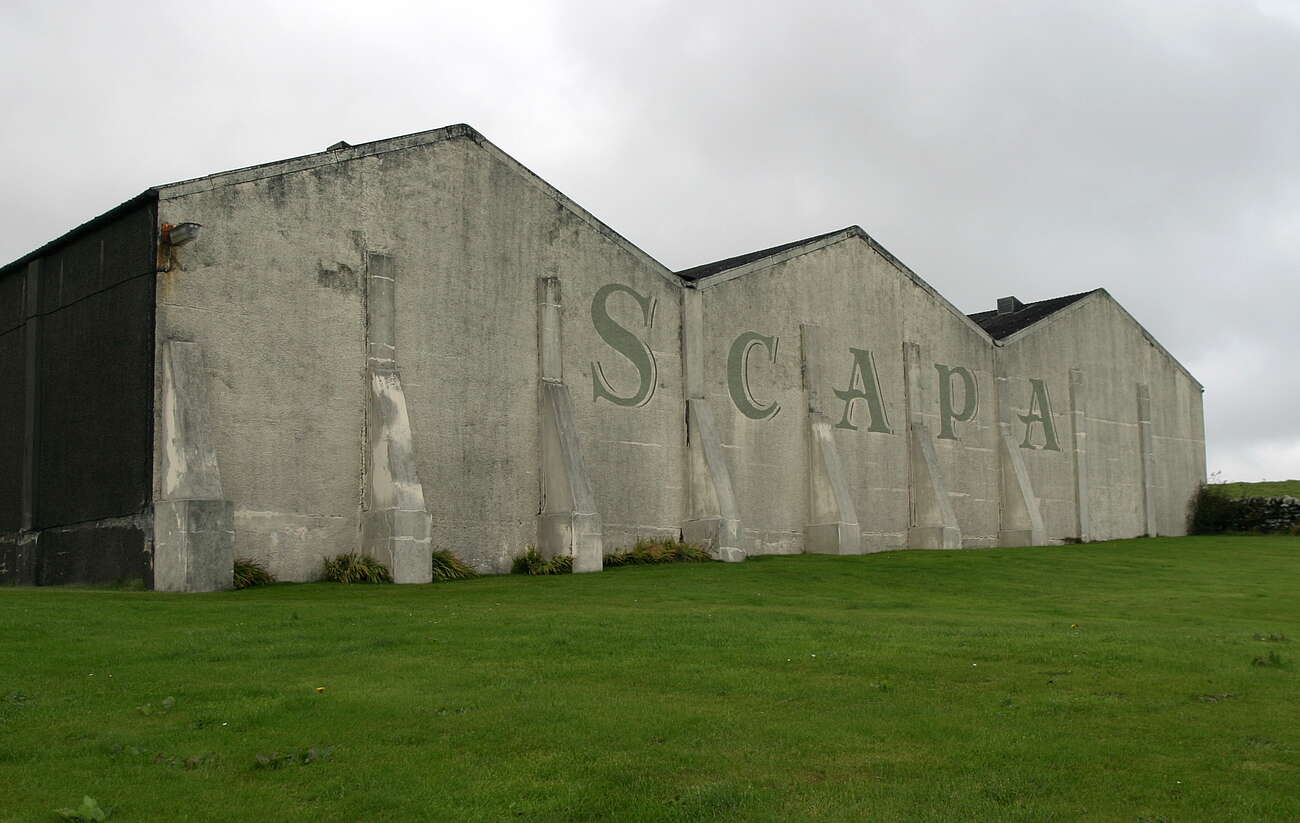
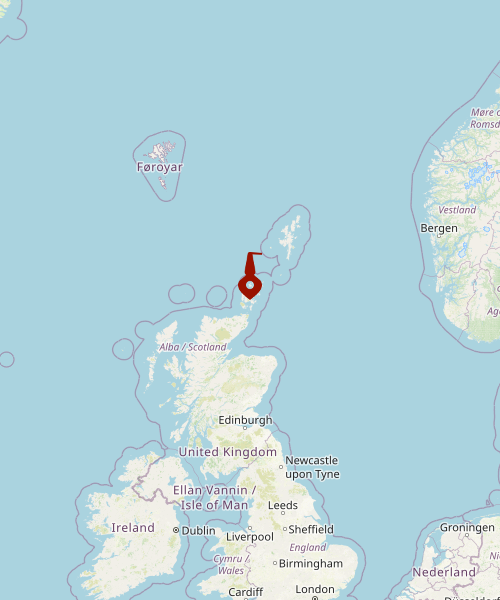
Scapa
Macfarlane & Townsend founded Scapa distillery in 1885, with the operation being headed up by John Townsend. John Townsend was the general manager of the operation until 1919, when the Scapa Distillery Company Ltd was founded. However, it went into voluntary liquidation in 1934.
Details about the Distillery
The Whisky
The Orkney distillery of Scapa is the second-most northerly in Scotland, beaten by only half a mile by Highland Park.
The distillery has released a small number of official bottlings, which include a 12 year old, 14 year old, and a 16 year old. The 16 year old is the standard release from the site, having replaced the 14 year old in 2009, which was the previous official bottling. In addition to these bottlings, there has also been a 25 year old bottling released by the distillery. At the moment, the 16 year old is the only bottling that’s being released by the distillery.
In addition to the official bottlings form the site, there have been a great number of independent releases of the Single Malt. The majority of these have been released by Douglas Laing and Gordon & MacPhail, and include a massive cross section of different ages, ranging from an 11 year old to a 25 year old.
The Pot Stills
Scapa Distillery has one wash still and one spirit still. The capacity of the wash still stands at 13,500 liters, and that of the spirit still stands at 13,563 liters. The wash still is a Lomond still with the recognizable bulb shaped bottom of a standard pot still, but instead of a tapering neck, it has a wide, thick neck, which rises straight out of the spherical lid. This uprising 'chimney' is cooled with fresh water by the special mantle of the Lomond design. In contrast, the spirit still has a standard onion shape, with a very wide, bulbous, spherical shape and a conical neck.
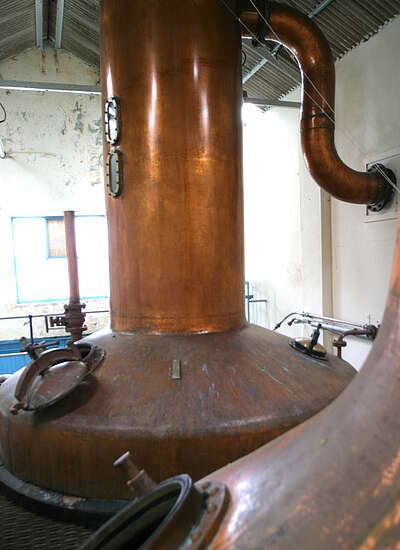
The Malting
The distillery had its own malting floors until 1966, with barley being brought in from Speyside. The site now buys in all of its malt from an industrial source on the mainland. While the malt used in the production of Scapa is peated, it is far less peaty than some of the other island Single Malts.
The Warehouse
Scapa has three racked warehouses on site, and the distillery uses exclusively uses Bourbon casks in which to mature its Single Malt. The warehouses at the distillery are incredibly close to the sea, which has lead to the management closely monitoring the impact of the salt in the air on the Whisky. Interestingly, the distillery has not tracked any marked impact of the salt on the flavor of the Single Malt, nor the barrels in which it is held.
The History
Macfarlane & Townsend founded Scapa distillery in 1885, with the operation being headed up by John Townsend. John Townsend was the general manager of the operation until 1919, when the Scapa Distillery Company Ltd was founded. However, it went into voluntary liquidation in 1934.
Production resumed again in 1936, when the Bloch Brothers took over the distillery. Hiram Walker took over production in 1954, and in 1959, they installed a Lomond still. In 1978, the distillery underwent a massive modernization. The site was mothballed in 1994 but in 1997, production began to be slowly re-introduced, with staff from Highland Park working on the site for a few months every year.
Extensive refurbishing took place at the site in 2004, which resulted in the site being opened fully. In 2005, phase two of the refurbishment process started, and production at the site was halted for some months. The same year, production at the site was taken over by the Chivas Brothers through the acquisition of Allied Domecq by Pernod Ricard, who still controls operations at the distillery today.
Visitor’s Centre
There is no visitor’s centre at Scapa. It is possible to book an appointment for a tour of the facilities if you book in advance.
